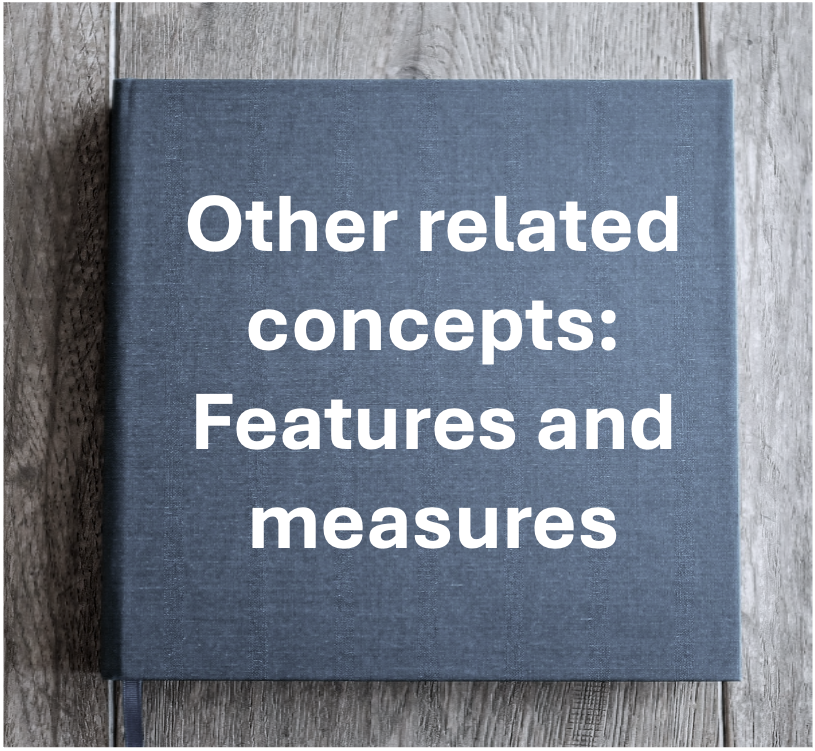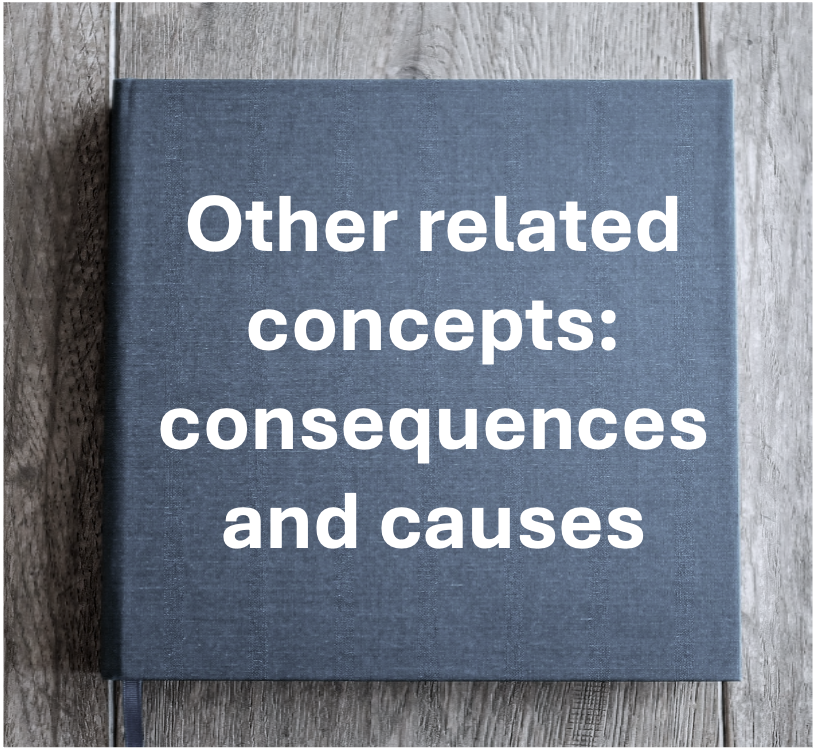
Overview
This wiki summarises decades of research and thousands of publications to help
- academics study humility, narcissism, and related topics more efficiently
- professionals, such as consultants or health practitioners, foster humility, diminish narcissism, and improve the lives of their clients,
- anyone who wants to improve society and promote humility.
This wiki is updated almost every day. Here are the main topics:
| Features and measures of humility and narcissism: This section defines the key features and variants of humility and narcissism as well as outlines the methods that researchers or practitioners can use to measure these qualities or traits. For instance, this section presents some techniques that organisations can use to identify narcissistic job applicants, even when these individuals attempt to conceal this characteristic. |
Humility
- Definitions or features of individual humility
- Explicit measures of individual humility
- Concealed measures and manipulations of individual humility
- Measures of cultural humility
Narcissism
- Definitions or features of individual narcissism
- Explicit measures of individual narcissism
- Concealed measures of individual narcissism
- Measures of CEO narcissism
- Definitions and measures of collective narcissism
| Consequences of humility and narcissism: This section outlines the main benefits of various kinds of humility as well as the key drawbacks and consequences of narcissism. For example, this section shows how intellectual humility can enhance the wellbeing of individuals and how narcissistic CEOs can damage the reputation or performance of the organisations they lead. |
Humility
- Consequences of intellectual humility
- Consequences of general or relational humility
- Consequences of leadership humility
- Consequences of teacher or clinician humility
- Consequences of cultural humility
Narcissism
- Social consequences of individual narcissism, such as effects on relationships
- Personal consequences of individual narcissism, such as effects on resilience and safety
- Workplace consequences of individual narcissism
- Consequences of CEO narcissism
- Consequences of narcissism in parents
- Consequences of collective narcissism
| Causes of humility and narcissism: This section outlines the characteristics of individuals, families, organisations, and circumstances that foster humility and narcissism. To illustrate, this section reveals that people who are often exposed to nature are more likely to become humble over time. |
Humility
- Causes of individual humility: An overview
- Determinants of leadership humility
- Determinants of cultural humility
Narcissism
- Individual causes of narcissism, such as personality characteristics
- Environmental causes of narcissism
- Environmental causes of entitlement
| Practices that promote humility or limit narcissism: This section outlines an array of practices that have been shown to foster humility or diminish narcissism. For example, after people learn how to be compassionate towards themselves, they become more inclined to believe that people can improve their competence and character over time–a belief that tends to promote humility. |
Practices that foster the determinants of humility
- Practices that foster a growth mindset
- Practices that foster a learning or mastery orientation
- Practices that foster self-transcendence
- Practices that foster future self-continuity
- Practices that foster self-affirmation
- Practices that foster a sense of meaning
- Practices that foster perspective-taking
- Practices that stem authoritarianism
- Interventions specifically designed to foster humility
Practices that diminish the adverse effects of narcissism
| Theories that explain humility and narcissism: This section outlines some theories that explain the features, causes, development, and consequences of both humility and narcissism. For example, the contextual reinforcement model of narcissism explains why narcissists are often respected initially but disliked later. |
- Theories to explain the benefits of humility
- Theories to explain the causes of humility
- Theories on the causes, evolution, and development of individual narcissism
- Theories on the causes, evolution, and development of collective narcissism
| Other related concepts: Features and measures: This section delineates the main features, facets, and measures of concepts that are similar to humility and narcissism, such as psychopathy, Machiavellianism, a quiet ego, dialectical thinking, and psychological safety. |
- Measures of psychopathy
- Other relevant measures related to humility, such as a quiet ego or receptivity to opposing beliefs
- Other relevant measures related to narcissism, such as the measures of the dark triad
- Other relevant measures related to CEO narcissism, such as the measures of CEO hubris
- Other relevant traits or disorders
| Other related concepts: Consequences and causes: This section outlines the determinants and consequences of these concepts that are similar to humility and narcissism. To illustrate, this section discusses the role of testosterone, cortisol, and serotonin in the development of psychopathy. |
- Consequences of other relevant concepts
- Causes of psychopathy
- Causes of other relevant concepts related to humility








